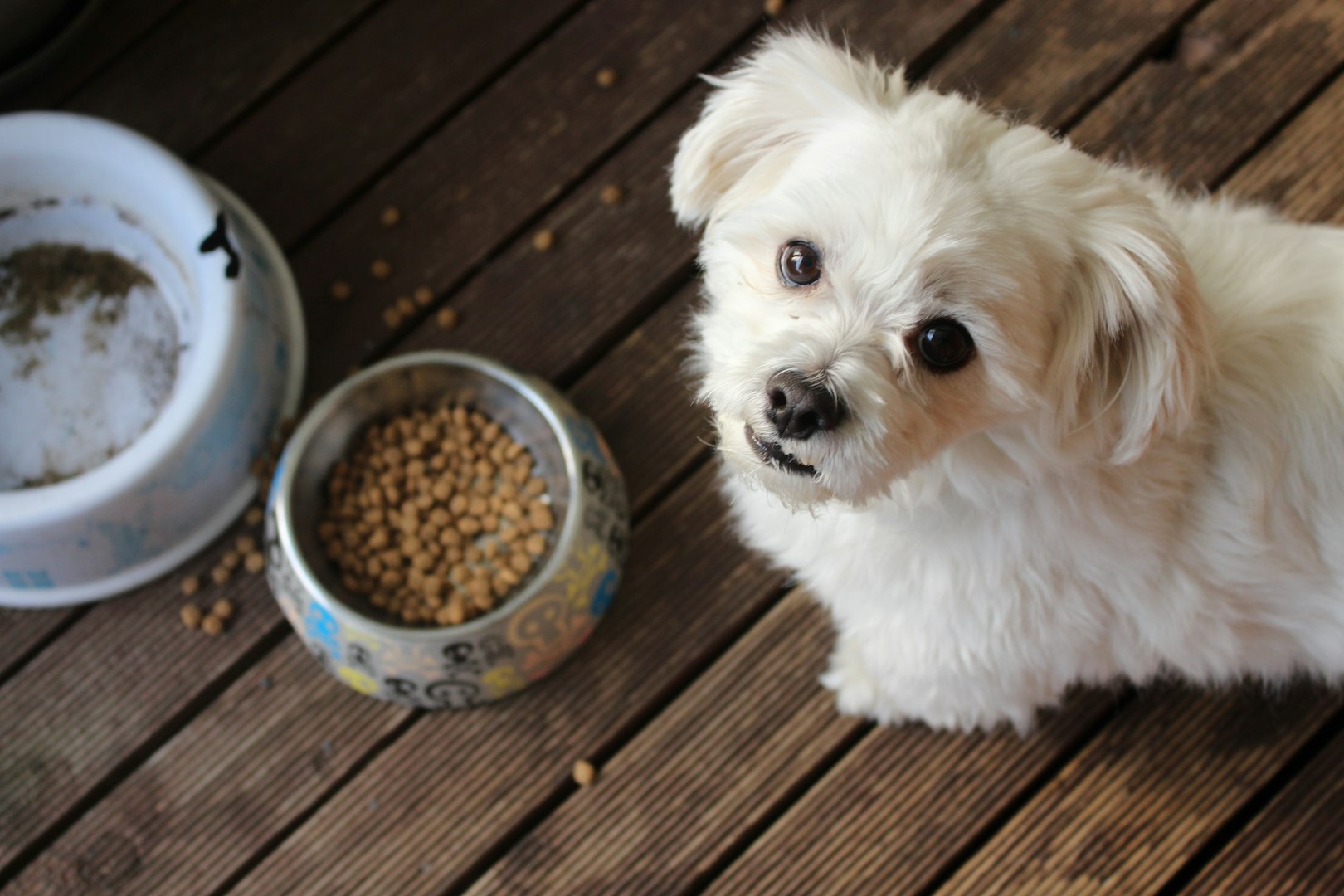What is the best type of food to feed my dog?
The best food depends on your dog’s age, breed, size, and health needs—options include dry kibble, wet food, raw diets, or a mix of these.

The best food depends on your dog’s age, breed, size, and health needs—options include dry kibble, wet food, raw diets, or a mix of these.
Most adult dogs do well with two meals per day, while puppies typically need three to four smaller meals spread throughout the day.
Look for high-quality proteins like chicken or beef, whole grains, vegetables, and essential vitamins and minerals with minimal fillers or by-products.
Grain-free diets can be beneficial for dogs with allergies, but they’re not always necessary. Always consult a vet before switching.
Some human foods like carrots, rice, and cooked chicken are safe, but others - like chocolate, grapes, and onions - are toxic to dogs.
Common signs include itching, ear infections, digestive issues, or chronic paw licking. A vet can help with diagnosis and diet adjustments.
Check for visible waistlines and feel for ribs without excess fat. Your vet can also provide a healthy weight range for your dog’s breed.
Supplements like omega-3s or glucosamine can help with specific issues, but they’re not always needed if your dog eats a balanced diet.
Supplements like omega-3s or glucosamine can help with specific issues, but they’re not always needed if your dog eats a balanced diet.
Senior dog foods are often lower in calories and fat but higher in joint-supporting nutrients like glucosamine and antioxidants.
Dogs are omnivores, but vegetarian diets can be tricky to balance. Always work with a vet to ensure complete nutrition.
Puppy food is higher in calories, protein, and nutrients to support growth, while adult food is formulated for maintenance and energy needs.
Gradually mix the new food with the old over 7–10 days, increasing the new food portion daily to avoid digestive upset.
Homemade meals offer control over ingredients but can lack balance if not properly planned. Consulting a vet or pet nutritionist is recommended.
Yes, in moderation. Treats should make up no more than 10% of your dog’s daily caloric intake.
Look for limited ingredient diets, easily digestible proteins, and foods free from artificial additives or common allergens
Dogs need about 1 ounce of water per pound of body weight per day. Ensure fresh water is always available.
Occasional grass eating is normal and may help digestion, but frequent or excessive consumption could indicate a nutritional issue or boredom.